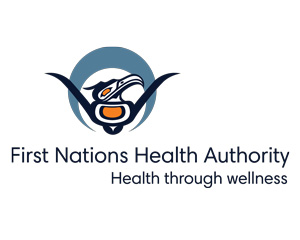What is Avian Influenza?
Avian influenza, also known as "bird flu," is a contagious viral infection caused by Type A influenza viruses. While it primarily affects birds, it can also infect humans and other mammals. These viruses are categorized into subtypes based on two surface proteins, such as H5N1 and H7N9.
Avian influenza viruses occur naturally among wild aquatic bird species and can spill over to other wild birds, domestic poultry like chickens and turkeys, pet birds, and even mammals. Since 2022, the spread of highly pathogenic avian influenza A (H5N1) has reached unprecedented levels globally, affecting wild bird populations, domestic poultry, and mammals such as foxes, skunks, marine animals, goats, and cows. Human cases, although rare, have also been reported.
How Avian Influenza A(H5N1) Spreads
Avian influenza spreads through animal feces, mucus, saliva, and contaminated surfaces. Human infections can occur when the virus enters the mouth, nose, or eyes—either directly through inhalation of droplets or through contact with contaminated surfaces followed by touching the face.
The virus has also been detected in unpasteurized milk. Consuming thoroughly cooked poultry, eggs, and meat reduces the risk of infection.
Human cases are most often linked to close contact with infected birds or contaminated environments, such as farms or live animal markets.
Preventing Avian Influenza A(H5N1) Infections
The risk to the general public remains low, but the following precautions can help minimize exposure:
- Avoid touching sick or dead birds and animals.
- Limit visits to poultry farms or bird markets.
- Follow good hand hygiene practices, especially after handling raw poultry.
- Avoid consuming raw or undercooked poultry products or unpasteurized milk.
If you encounter a sick or dead wild animal:
- Leave it where it is.
- Report dead birds to the
BC Wild Bird Mortality Line at
1-866-431-2473.
- Contact the
BC Wildlife Health Program at
250-751-7246 for assistance.
A Holistic View of Avian Influenza
Avian influenza not only impacts wildlife but also affects food systems and the cultural practices of First Nations communities. The adaptability of influenza viruses means that they can exchange genetic material between strains, posing the risk of developing ongoing human-to-human transmissibility.
The current strain circulating in North America poses low risk to the general public. However, individuals with occupational or recreational exposure to infected birds or animals should take added precautions.
Signs of Avian Influenza in Birds
Infected birds may exhibit:
- Weakness or immobility.
- Swelling around the head, neck, or eyes.
- Difficulty breathing, coughing, or sneezing.
- Diarrhea.
- Sudden death.
Protecting Yourself While Handling Game
Hunters, gatherers, and game handlers should adhere to the following guidelines to safeguard themselves and their communities:
- Wear gloves and a mask when handling or cleaning game.
- Work outdoors or in well-ventilated spaces.
- Thoroughly clean hands, tools, and surfaces with soap and disinfectant (e.g. 25 mL bleach in 2L water).
- Decontaminate clothing, footwear, and tools.
- Cook game products to safe internal temperatures:
- Meat:
74°C (165°F)
- Whole birds:
82°C (180°F)
- Eggs: Avoid raw or undercooked.
For First Nations Communities
Hunting, gathering, and stewardship of the land are vital cultural practices for First Nations people. By following safety measures, hunters, gatherers, and food preparers can ensure the health of their families and communities.
For more information:
By staying informed and practicing safe handling measures, we can minimize the risks posed by avian influenza and protect our communities, wildlife, and environment.
FNHA news article:
ATTENTION: all hunters, gatherers, and game handlers
BCCDC Avian Influenza page:
Avian Influenza (reference)
Government of Canada Avian Influenza page:
Avian influenza (bird flu) - inspection.canada.ca (reference)

